
Did you know your dog has a greater than 1 in 2 chance of developing cancer?
Have you considered that your dog's life may be in danger just from him hanging out in your backyard? Regardless if the area is fenced in and seemingly safe from danger, you would be surprised at what may be hiding, ready to hurt or even kill your lovable canine companion. Canine cancer is the number one killer today of our beloved pets.
Your backyard may be a dog's paradise, but the area can be filled with deadly dangers, especially if you have a puppy that is young, adventurous, and going through that oral fixation phase where he must chew on anything he can find. Cancer in dogs is prevalent today and sometimes this can be due to environmental issues.
The worst age bracket for this problem is between 1 and 6 months, however, other types of dogs, such as Labrador retrievers as a prime example, seem to carry this chewing habit with them for the rest of their lives. I have two Labs, Lady and Lola and they are both grown girls, but love digging and eating backyard dirt.
My vet says it is harmless as long as I don't use chemical fertilizers or weed killers and other toxic filled products on my grass or around the garden beds.
Beware Of The Following Backyard Dangers
As a busy dog owner, you may not have the time or the resources to properly research many aspects of raising an adult dog or puppy, therefore, below is a list of the most common dangers may be that lurking in your backyard.
This list is compiled from reports as outlined by the American Society for the Prevention of Cruelty to Animals (ASPCS).
* Fertilizers and compost piles.
* Ornamental ponds that contain blue-green algae.
* Toxins created by animals such as insects, toads, spiders, scorpions, and snakes.
* Poison from citronella candles which are used to guard against mosquitoes.
* Swimming pool supplies and treatment chemicals.
* Mulch that contains Cocoa, which are typically placed around shrubs and other plants.
* Fly traps which contain methomyl.
* Poisonous plants like grape vines, azalea, castor bean, sago palm, and kalanchoe.
* Snail and slug traps which contain metaldehyde.
Be as proactive as you can by puppy-proofing not only the yard area, but the inside of your home as well. Close garbage cans tightly. Lock up all pool supplies. Put away your lawn and garden materials.
Further protect your animals by following the instructions carefully given on pesticide products, fertilizers, bug sprays, and other hazardous materials. I would even go as far as investigating all-natural products that can be used to replace these poisonous dangers. Ask your veterinarian or your local landscaper for some recommendations.
And if you ever suspect that your dog or puppy has ingested a dangerous poison, chemical, or is bitten by a venomous predator, contact your veterinarian or get him to your nearest emergency veterinarian hospital immediately.
These outdoor hazards are only one of many causes of canine cancer, which has increased significantly in the last 20 years.
There are also many other ways to help reduce the chance of your dog getting cancer. Starting with being aware of what is dangerous and could potentially cause dog cancer is the first step in raising healthy happy pets.
If you want to protect your dog from getting canine cancer, or if your companion has already been diagnosed then you will definitely want to check this out. You will find a comprehensive, authoritative and well researched compilation of all the information needed to extend the life and health of your dog here.
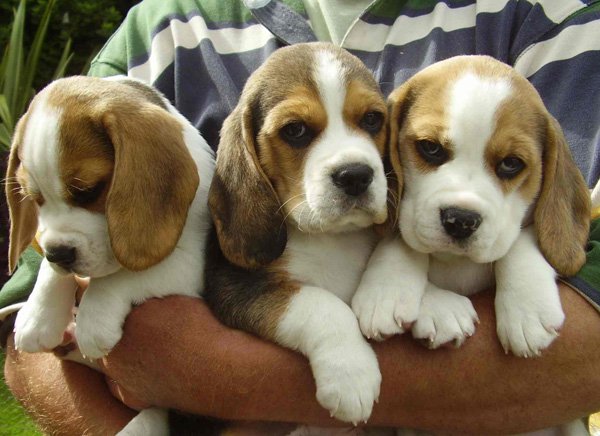 Use Equine Ulcer Supplements To Save Your Horse From Colic Pain
Use Equine Ulcer Supplements To Save Your Horse From Colic
Use Equine Ulcer Supplements To Save Your Horse From Colic Pain
Use Equine Ulcer Supplements To Save Your Horse From Colic
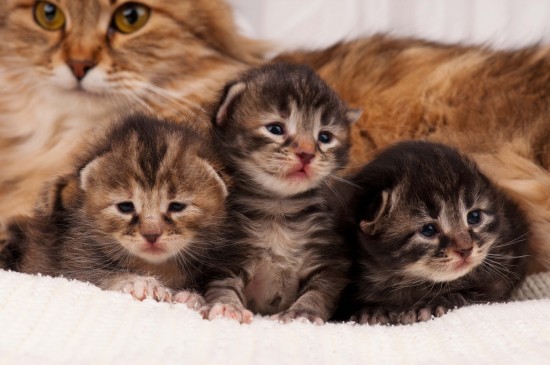 How Old Should Kittens Be Before They Leave Their Mother?
How Old Should Ki
How Old Should Kittens Be Before They Leave Their Mother?
How Old Should Ki
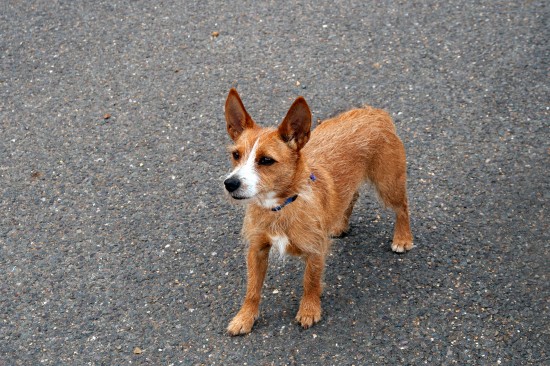 The Three Types Of Portuguese Podengo Dog
The Three Types O
The Three Types Of Portuguese Podengo Dog
The Three Types O
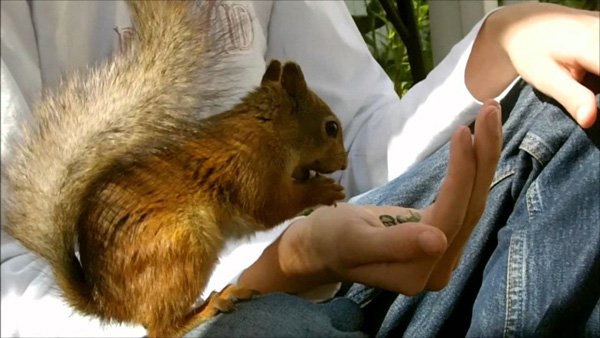 Why you should bring your pet dog to a dog daycare Toronto at least once?
Why you should bring your pet dog to a dog daycare Toronto
Why you should bring your pet dog to a dog daycare Toronto at least once?
Why you should bring your pet dog to a dog daycare Toronto
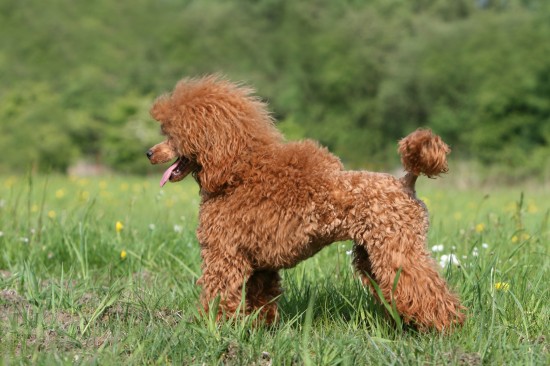 Miniature Poodle Hereditary Health And Health Testing
Miniature Poodle
Miniature Poodle Hereditary Health And Health Testing
Miniature Poodle
Copyright © 2005-2016 Pet Information All Rights Reserved
Contact us: www162date@outlook.com